|
We're not afraid of messes around here. Dough, paints, glue, cooking.....they are all a part of our daily play. Age doesn't matter, ability doesn't mean a thing....everyone gets to play. Everyone gets to explore. Everyone has opportunities to experience making a mess. It is healthy. Kids will wash. This pic was taken during our paint your own beetle project during our study of the Savannah by Mother Goose Time. These experiences actually do grow their abilities, build pathways in their bitty brains, and expand their motor skills, and engage their senses. What could possibly be wrong with that? Adults... All too often the response to messy play is, "Not on my watch!" We want clean classrooms, quiet children, glowing hands and faces. I have been guilty of this myself. There are times when you look at the paint bottles and think, "10 children x 10 fingers + 4 bellies + 30 paint brushes (add walls, tables, chairs, squealing toddlers running in glee while outwitting 2 experienced teachers) = 2 weeks of cleaning.....ummmm...let's read a book! Yeah...books are good for them...let's read!!" But, just add coffee (to the teachers) and get out the paints. It's time for some LEARNING! Fortunately, the parents of Woolsey Academy kiddos know that their children WILL get messy. They will have play dough fingers, painted ears, markered little lips, and a glue smudge here and there. Best of all, they encourage it! This is a "hands-on" place of learning. A place that loves to take lots of pictures of messy kids, crazy clean-ups, and giggling teachers with a little bit of fear in their eyes (the rebels are staging a coup!). It's all good "clean" fun!! Best of all,,,,it's the OPTIMAL way that children learn. See that....there isn't a sad face in the bunch. When the learning is hands-on, the emotions follow. We don't have to make the children "sit at the table and learn" when the play dough, paints, or glitter glue is in the mix. Why is that?? What draws them in?? This article from Dyslexia Support Services at the following link does a great job of explaining the various learning aspects of the simple art of finger painting. Why it is vital and what it teaches. At the bottom is the paint recipe I am making right now! http://dyslexiasupportservices.com.au/pdf_files/FingerPainting.pdf_ "Personal, Social, Emotional and Language Development When children paint with their fingers they can create whatever they want. It’s easy to succeed and children gain great satisfaction, self-esteem and confidence through participating in this activity, especially as there is no pressure to produce a recognisable end product. As well as being enjoyable it is also a very calming, relaxing activity. If more than one child is painting they learn to share materials, observe and learn from each other and give feedback to each other. They will be developing their language by discussing what they are doing, asking questions, talking about colours and textures. Physical Development Finger painting encourages the development of hand–eye co-ordination and spatial awareness. It will develop fine motor skills when the children are working on small areas and develops gross motor skills when working on large areas. Science and Art Through finger painting children are learning how to express themselves, their ideas and emotions visually. They are learning about texture, colour and shape. They will learn, by discovery, how colours combine to produce a new colour, for example mixing red and yellow will produce orange. If they help you to make the paint they will be learning about how materials can change and react together. Finger Paint can be quite expensive therefore I have provided a recipe that is really cheap and easy to make and just as effective and enjoyable: Finger Paint 1/2 cup water 2 tbsp. corn flour cold water to dissolve the cornflour Food colouring Method Dissolve the cornflour with a little cold water in cold water in a cup. Boil ½ cup of water in a small pan, then turn down the heat Add the cornflour mixture to boiling water, stirring constantly Heat the mixture until it thickens and becomes glossy Add food colouring and cool completely before using. " http://dyslexiasupportservices.com.au/pdf_files/FingerPainting.pdf_ Painting, play dough, mud, water, sand play all have the same effect on the learning process in the brain. They are valuable and vital to early childhood. This is why we do what we do and have a TON of fun in the process. As always, I wish you well and I hope you get to play today! -L
0 Comments
Leave a Reply. |
Life is made of moments..."There isn't anything more full of hope, joy and peace than a child's smile... It captures the mundane and makes it extraordinary." - LaDonna Woolsey I am a Mother Goose Time Blogger. I decided to become one after trying their products because I they are comprehensive and serve my mixed age group well. I do receive products to review from Mother Goose Time and do so with my own honest and thorough opinions. For more information, please contact me at Ladonna@woolseyacademy.com
Categories
All
Archives
November 2019
Categories
All
|
Location |
|
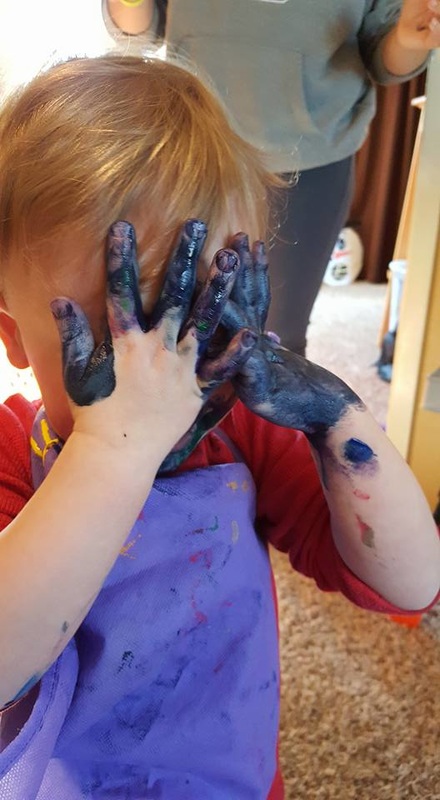
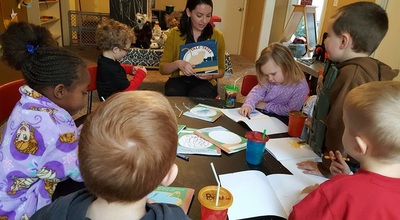
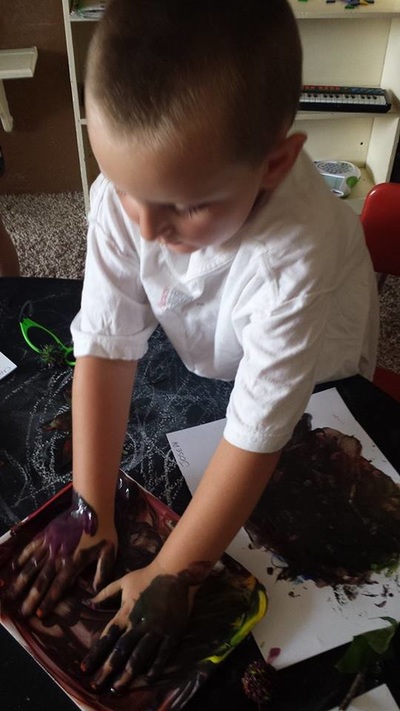
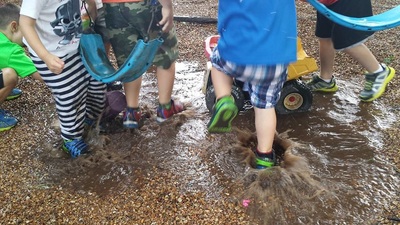
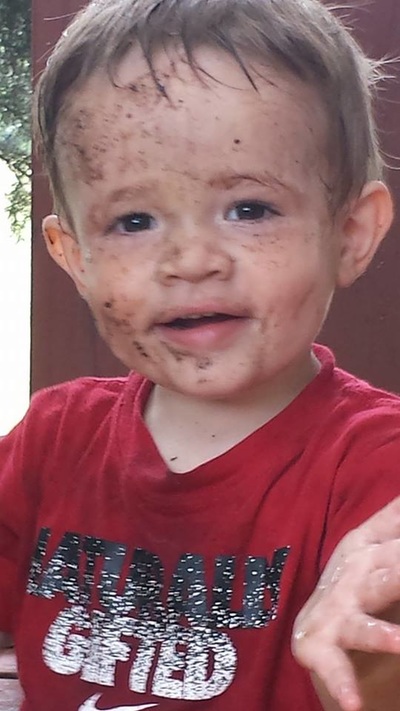
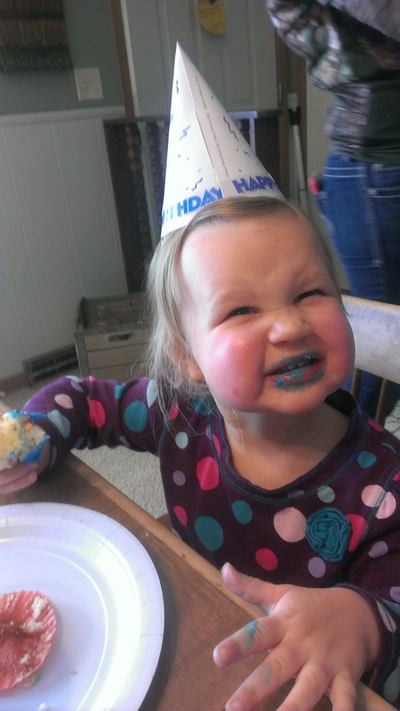
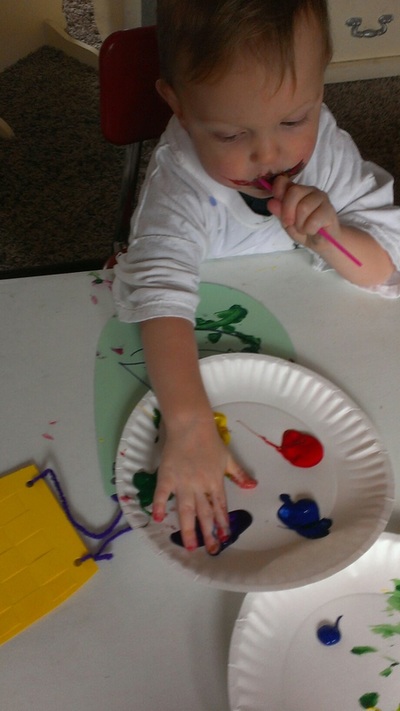
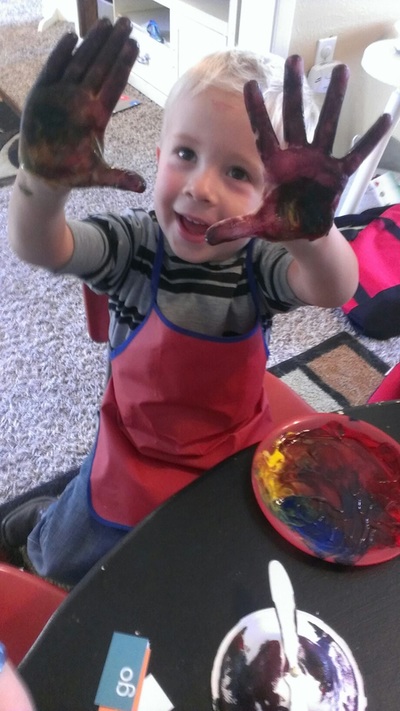
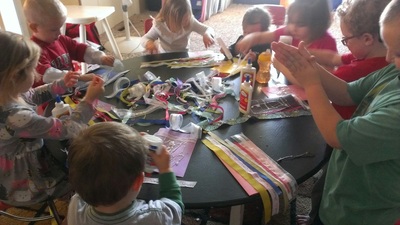
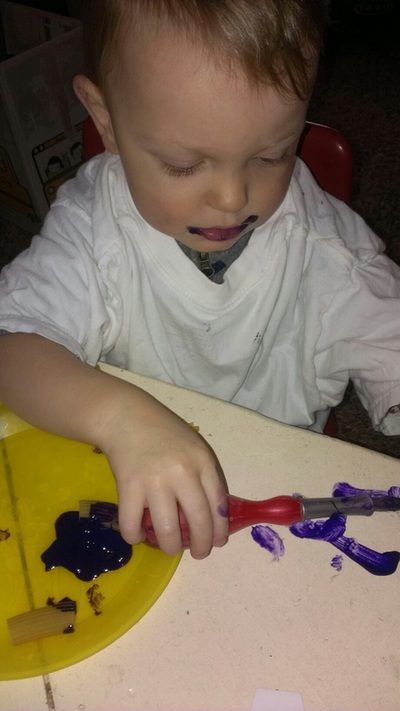
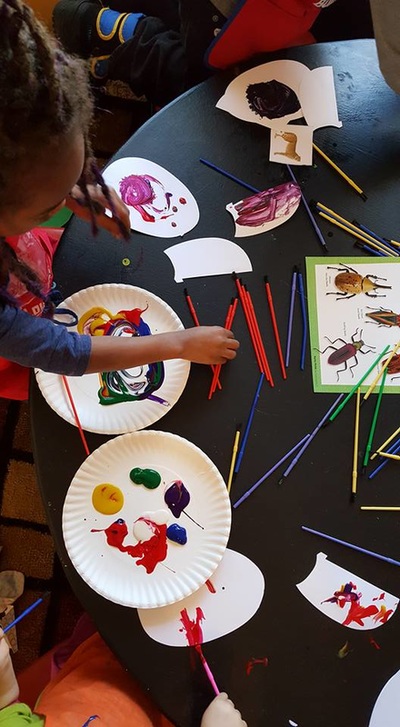
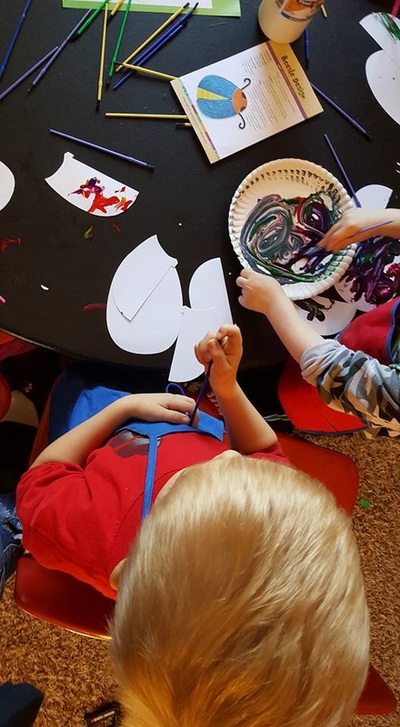

 RSS Feed
RSS Feed
